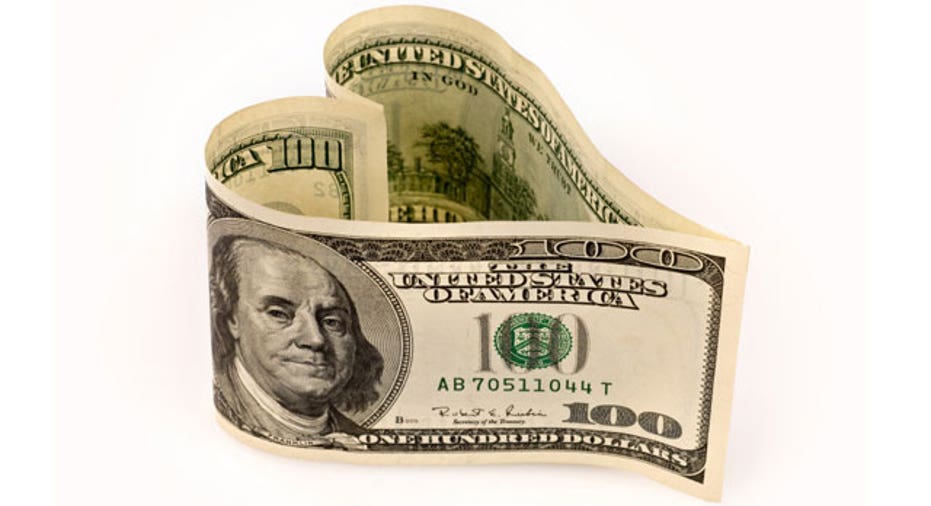How to Find a Good Deal on an Engagement Ring

It seems Prince William may have been onto something when he proposed to Kate Middleton: Instead of giving her a traditional diamond ring, the prince proposed with an 18-carat sapphire.
While it's safe to say the prince wasn't trying to save money when giving the now Duchess of Cambridge his mother's wedding ring, opting for a non-diamond stone is an easy way to significantly reduce the cost of an engagement ring.
The royal engagement popularized non-diamond stones, according to Amy Eisinger, associate editor of WeddingChannel.com, which is good news for people on a budget looking to pop the question.
She adds that the average cost of an engagement ring is $5,200, and 40% of all couples get engaged between November and February—and Valentine's Day is always a popular time to get down on one knee.
"In a modern day and age, you don't need to necessarily pick a diamond," Eisinger says. "Look at his or her jewelry and think if maybe they'd prefer something else. Champagne or cognac diamonds, blue sapphire, pink sapphires, emeralds and rubies are all less expensive."
Here are some tips from Eisinger and Anja Winikka, site editor at TheKnot.com, for saving on engagement rings this Valentine's Day.
No. 1: Put a 'ring' around it. According to Eisinger, a ring that has a halo around the center stone is often cheaper than opting for one giant rock.
"That will make the stone look bigger, and it's also cheaper to buy," she says.
No. 2: Consider an emerald cut. Emeralds have a larger surface area so the top often looks bigger than it would on a traditional round stone, Eisinger says.
No. 3: Forgo eternity. Eternity rings often feature diamonds all around the band, but are frequently discouraged by honest jewelers because they aren’t as sturdy as metal and are not able to be re-sized later in life.
"A lot of jewelers will recommend you don't get them, because we are so active with our hands," Eisinger says.
No. 4: Drop down in size. Don’t be committed to having exactly a whole number when it comes to carat size.
"Buy diamonds that weigh just under a certain weight," Winikka says. "Between a 1.9 carat and 2 carat ring, the difference can be as much as $5,000. You can get around the price and honestly no one can tell the difference."
No. 5: Consider buying a set. Many jewelers will give you a deal on purchasing your wedding ring or rings, and the engagement ring together.
"This is definitely an instance where you want to look at rings [with your partner]" Eisinger says. "You wouldn't want to buy two rings and have her hate them both."
No. 6: Look at settings. Winikka says a high setting for a diamond will make it appear larger.
"This gives it more surface area. Putting it higher up within the prongs helps, although it may appear less sparkly."
Eisinger adds that certain settings that use less metal are often cheaper. The classic four-prong style is one way to go, rather than opting for a setting that has metal all around the stone.
No. 7: Research, research research. Never go into the purchase blindly.
"If you were going to buy a car, you'd do tons of research," Eisinger says. "Don't be afraid to negotiate when you go in. It's OK to ask questions and a refutable jeweler with answer honestly."
No. 8: Throw out the myths. Winikka says to disregard the old "two months' salary" price tag when shopping.
"Buy the best ring you can get without going into debt. If your [partner] is really big into size, and your budget isn't super-sized, go for a ring with a larger surface area."



















